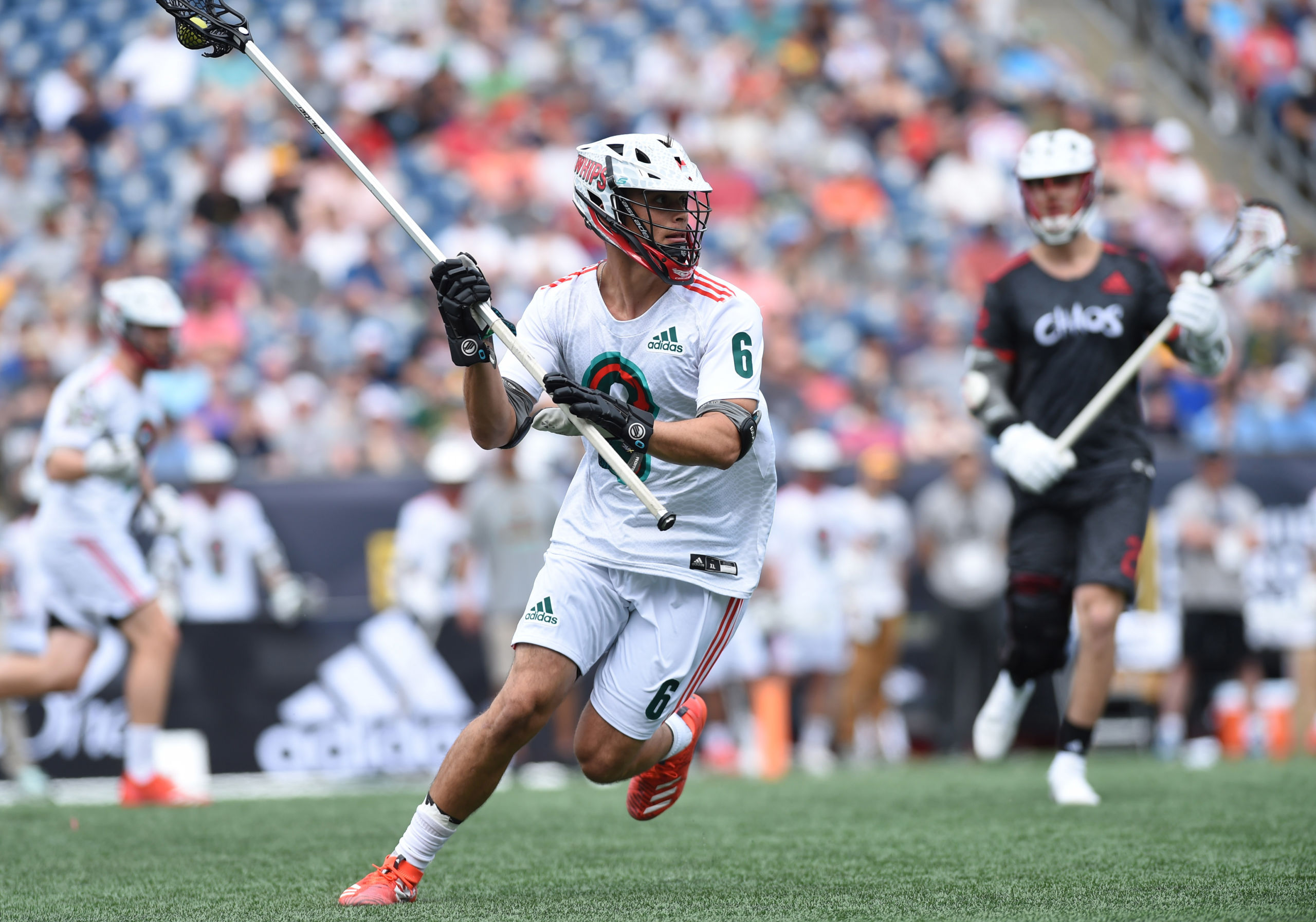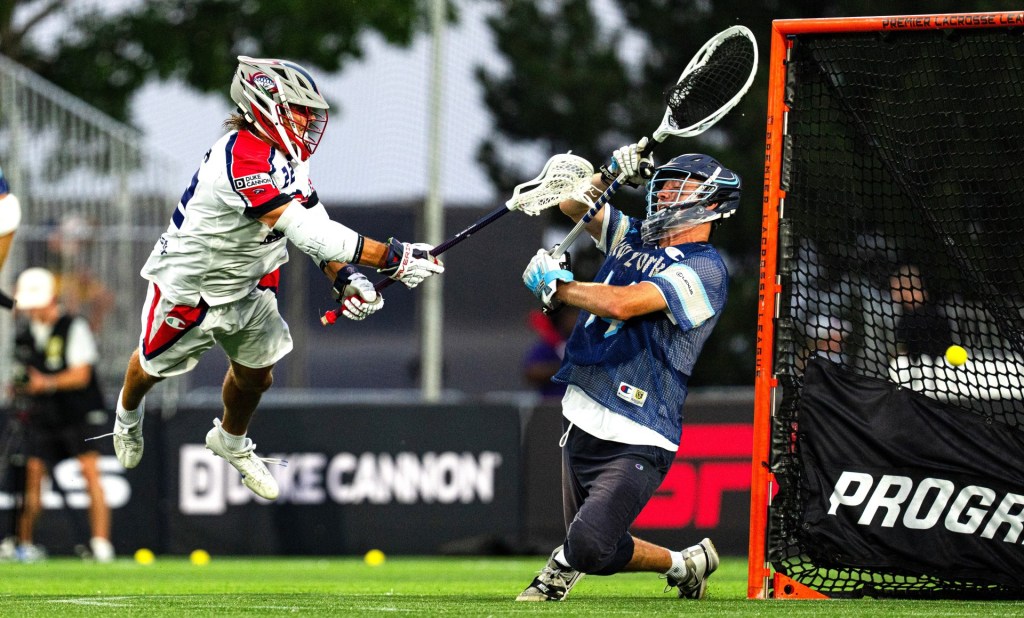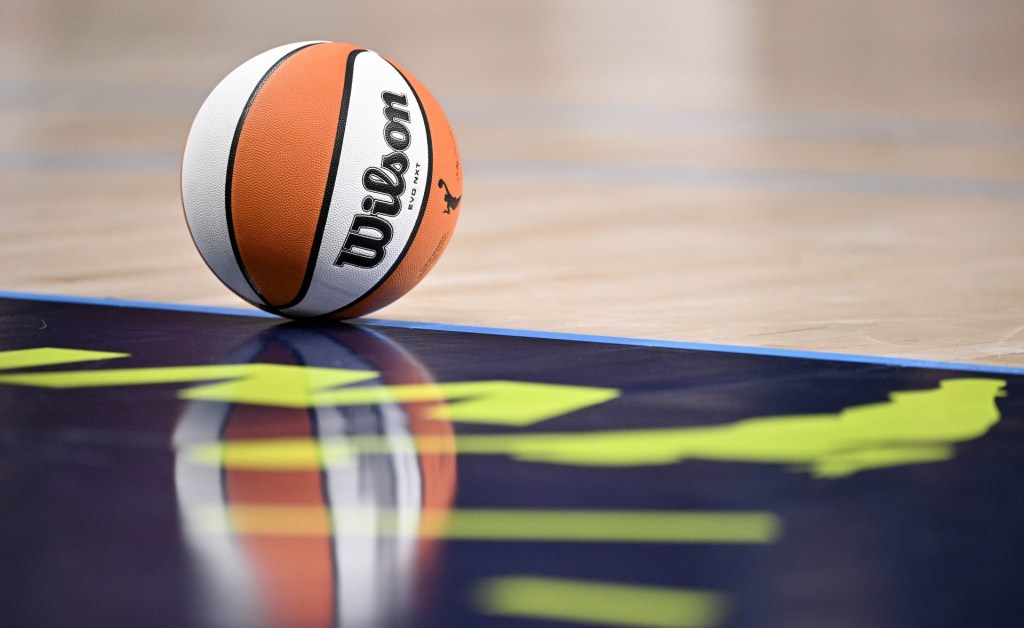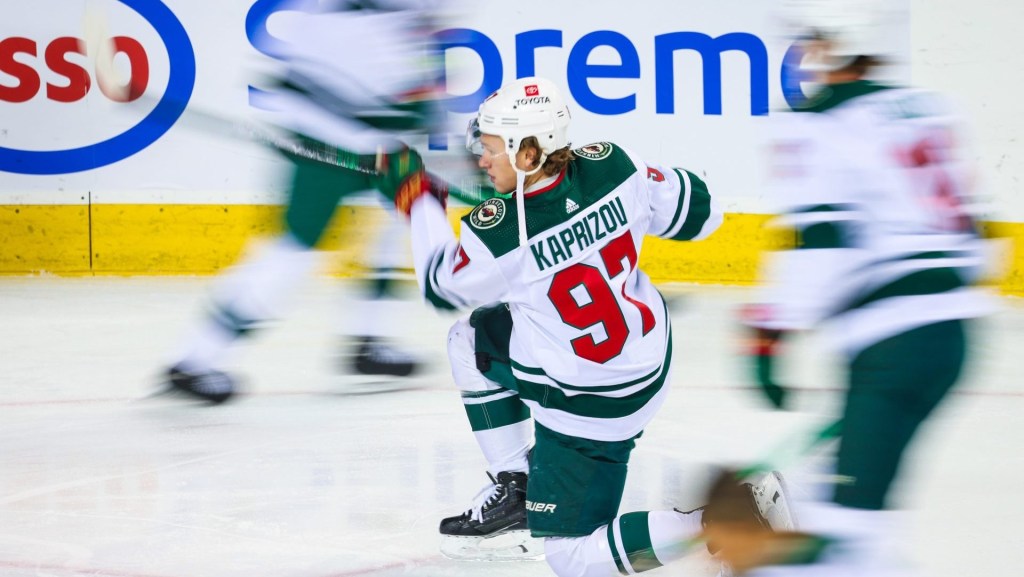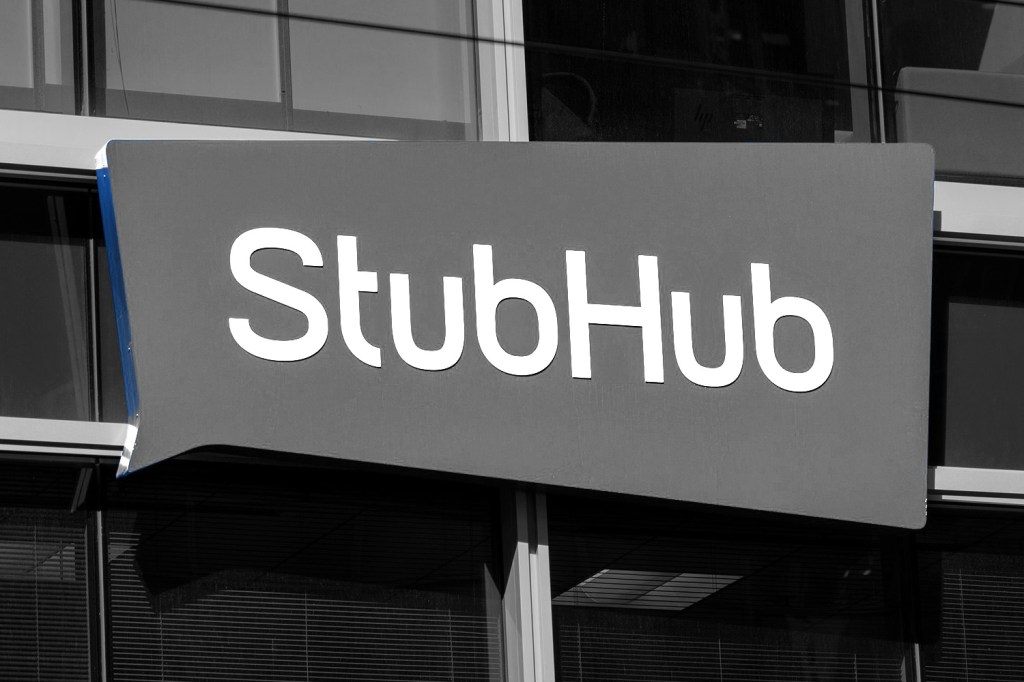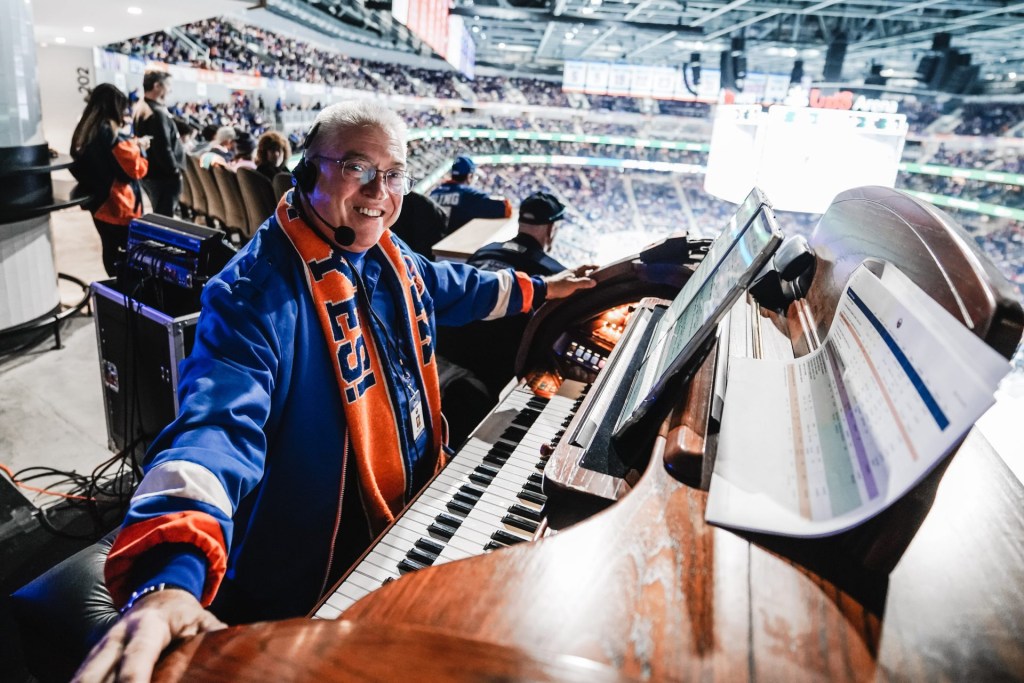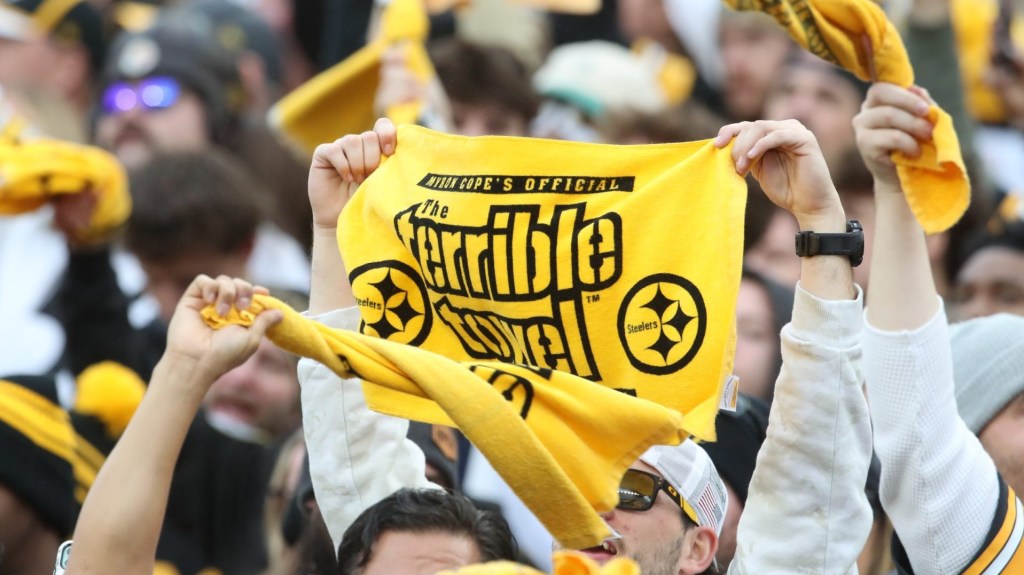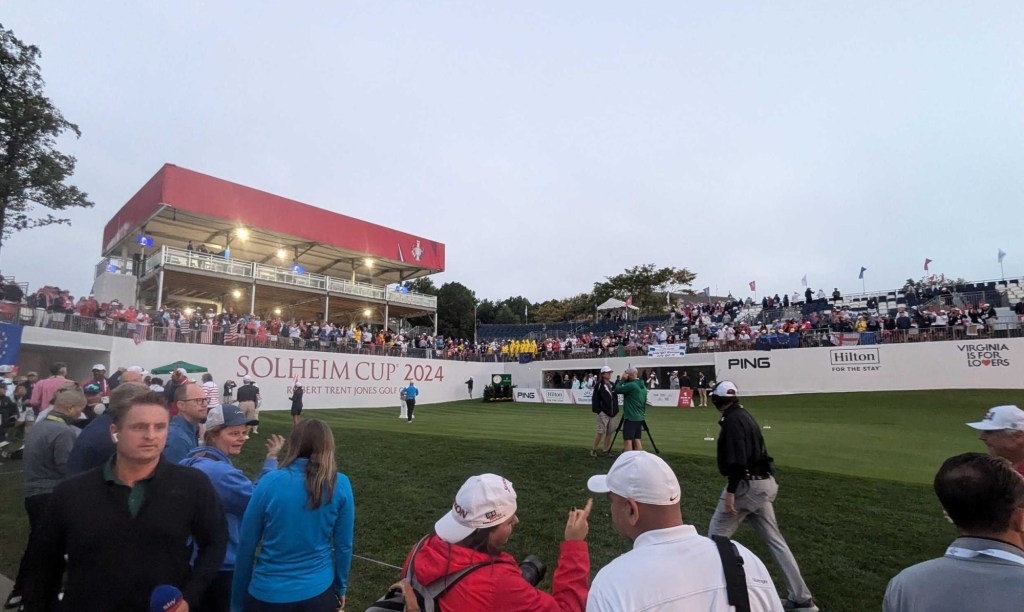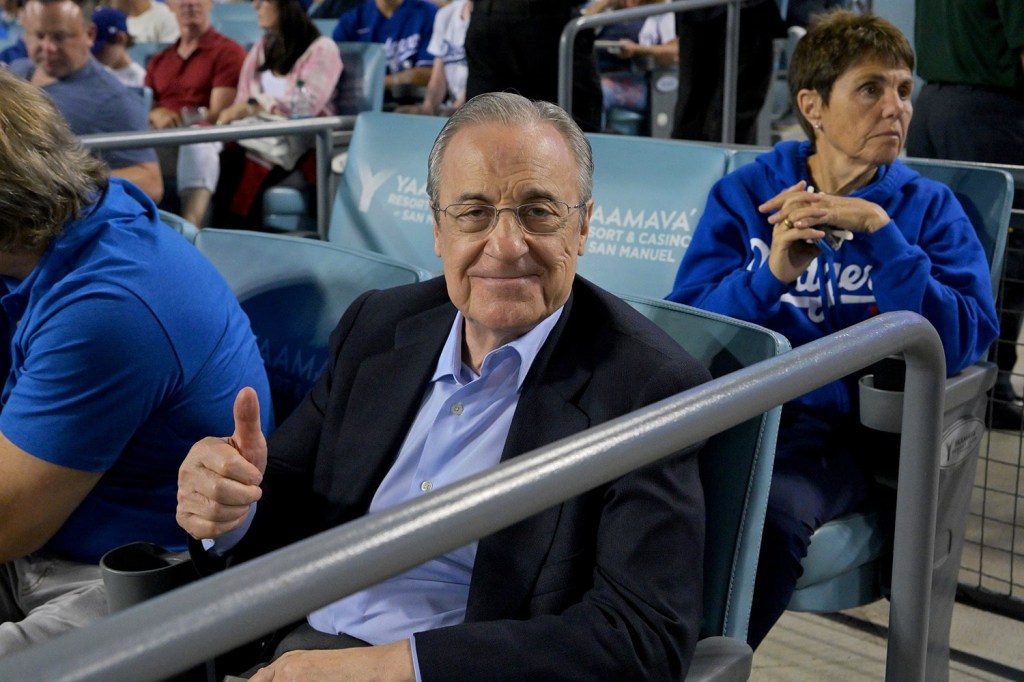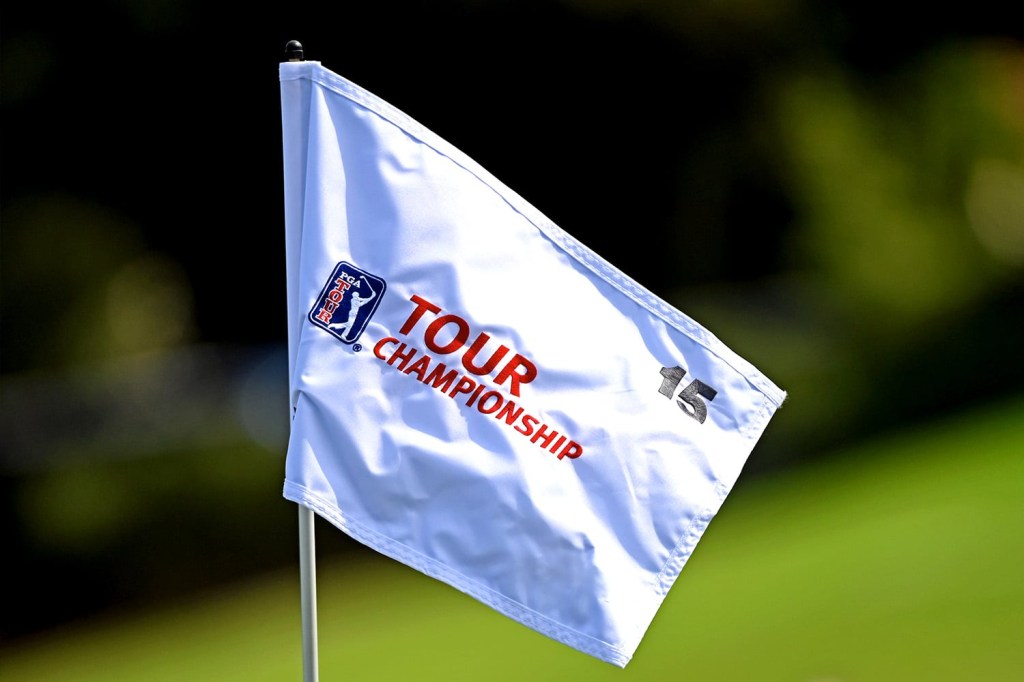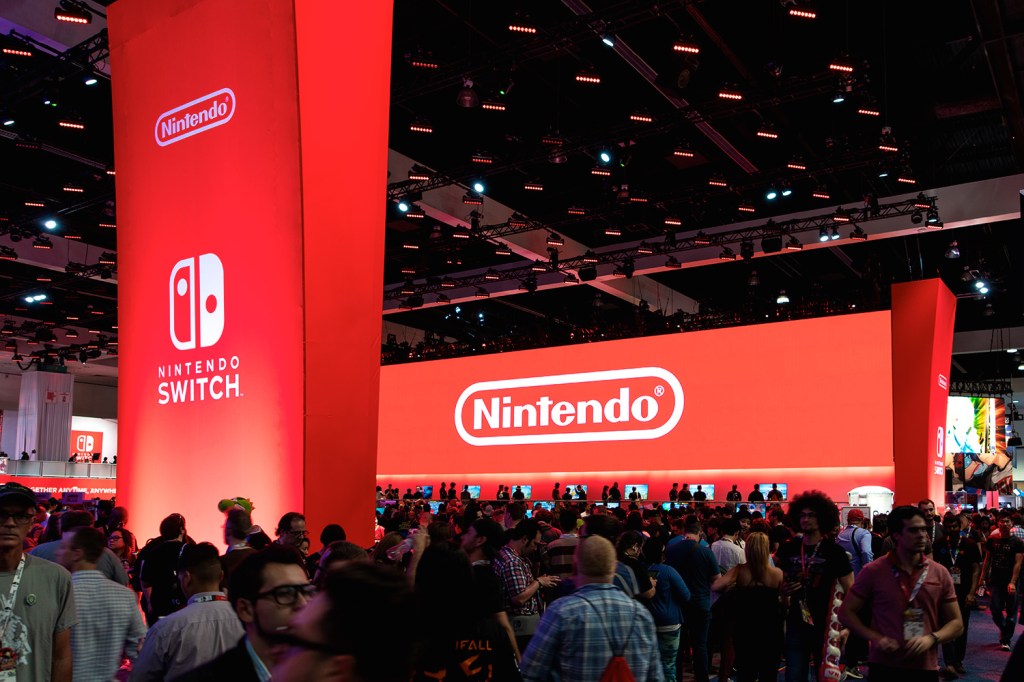Following the lead of all other major professional sports leagues, the Premier Lacrosse League has postponed the start of its second season indefinitely due to the ongoing COVID-19 pandemic. The PLL’s 2020 season was scheduled to begin on May 29 at Gillette Stadium.
Working with their venues, board of directors, advisors, sponsors, media rights partner NBC, and the PLL’s internal team tracking the novel coronavirus, the league made the strategic decision to postpone before the planned start of play in hopes that the season will happen whenever safe.
The league has also pushed back its college draft from the original April 21 date.
“We believe that we will have a season,” PLL chief strategy officer and co-founder Paul Rabil told Front Office Sports. “It could take a number of different shapes in 2020. There’s certainly a scenario where that’s not possible for any sport. But we chose to postpone the start of our season versus call it a cancellation indefinitely I think in good faith as our team [is] putting together some scenarios that would either have a season that starts later with a full slate of games, a season that starts later and it’s compressed or exploring several offsite strategies that would represent a version of our season and postseason that would be fanless and measured up against appropriate CDC protocol and medical safety protocol.”
All of those scenarios have financial ramifications.
The PLL is a single-entity, investor-backed league. Rabil says all of its investors have made “long term” commitments into the startup league – financial promises that provide a sense of security amid all the uncertainty involving the upcoming season and its anticipated revenue.
The league hopes to have a better understanding of what their 2020 season will look like by May. The postponement means that the league has to adapt until concrete decisions can be made.
“We’re going to get through this and it’s going to be a challenging time, but the sustainability of our league is very strong,” Rabil said. “I think when we consider the startup angle for relevance in overall sports and competition, it’s certainly something where we’ve looked at the momentum that we built in the first 18 months and the trajectory we were on for a full season prior to COVID really making its way across the world.”
The league has more than 334,000 combined followers across all major social media platforms and saw an average attendance of 12,000 fans during its inaugural season.
“We were in a really, really good place,” Rabil said. “So we have been doing our best to define ways that we can continue that momentum to the degree that we can use new content strategies and new technology to continue to access our audience.”
Internal technology has helped the league maintain much of the “core connection that helps companies build,” Rabil said, but external tech is key for fan and audience maintenance.
Rabil said the league is using “every tool that each social media platform has put on the docket,” an approach that has resulted in immediate growth in followers, engagement and subscriptions on both Snapchat and TikTok since mid-March. Rabil highlights those as “the kind of newer platforms relative to Facebook, Instagram, Twitter and YouTube.”
READ MORE: College Football Payout Games Play Key Role in Shifting Revenue Landscape
Monetizing social engagement and other league offerings without in-person events and the accompanying ticket and merchandise sales is easier said than done.
Postponing the season means a loss of immediate revenue sources expected from early games – money that will come when games are eventually played, but could still be reduced in the case of a condensed season. Sponsorship dollars could also be at stake in that same truncated scenario.
“For every league, certainly by math, you can look at ‘Okay, a compression of games means fewer inventory opportunities for sponsors,’” Rabil said. “But going back to where sports are most valuable, it’s around media and distribution. And so it’s incumbent on us and we’ve already preempted a lot of these conversations with our sponsors to not only create additional value opportunities to plus them up into, but to be extra creative. Sponsors get into sports to tie themselves closest to the best athletes in the world at their respective discipline and the live action. So there are ways that we can really amplify when we are live, even if on fewer occasions.”
And if they do try to rebook any of their missed dates to avoid a shortened season by filling in bye weeks or extending the season past September, the league’s single-entity structure could actually benefit them during that process. The entire league plays in one city, at one venue over one weekend – no individual home and away venue schedules have to be managed.
“It actually makes our rebooking easier,” Rabil said. “There is a much more complicated matrix of a traditional home and away, city-based model. We can actually use more of a ‘Jenga’ strategy where we take one block out, and slot it in somewhere else and it doesn’t have this domino effect on rebooking. So it actually enables us to look at hot zones on maps and kind of timing related to a COVID and the other metrics that are important.”
Until they are live again, the league has launched several virtual initiatives, including instructional series, which go directly from players to the PLL’s younger audience and a new platform called PLL connect, which is built around creating one-on-one and group training opportunities at home between PLL pros and players.
And while the league is optimistic about the success of those initiatives in the short term, there’s still a loss of revenue at stake.
“I think the big hit right now is ticket sales and then merchandise tied to ticket sales,” Rabil said. “And I think this is a challenge for all pro sports leagues. So for us, we are always trying to create from a business standpoint, content and commerce strategies. So one of the payoffs that we had with that approach in this environment was when we launched a pseudo expansion team called Beans Lacrosse Club for April Fools.”
The league’s “eighth” expansion team generated $50,000 in revenue in its first 24 hours of prank existence.
“That was an example of a way that we could create meaningful content from home and then have it tied to revenue,” Rabil said. “If you think about what we’ll be able to do as we get closer to making a final decision post-the latest announcement of postponing the start of our season, you have to get creative. I think that can be done through different means of distribution through using new technology to highlight ways that people can feel a part of the fan experience just virtually.”
READ MORE: Premier Lacrosse League Turns April Fools Prank Into Profit
The league’s in-person experience, which included a fan festival called the Premier Zone at each host location, was one of its early selling points for fans and contributed to high per capita on-site merchandise sales, particularly when compared to other professional sports organizations. Most leagues average three to five dollars per fan. The PLL was “well north of 10 last season,” according to Rabil.
That’s an important income stream for the young league. The solution to that problem right now is an enhancement of their ecommerce offerings and the online fan purchasing experience, focusing on look, feel and ease by integrating elements like a single-click checkout.
“So we’re thinking about ways that when we do play, and even in a world where we are fanless, how do we create a virtual fan experience that has a connection to our merchandise?” Rabil said. “Those are ways that we’re trying to hedge ourselves for the uncertain future.”
